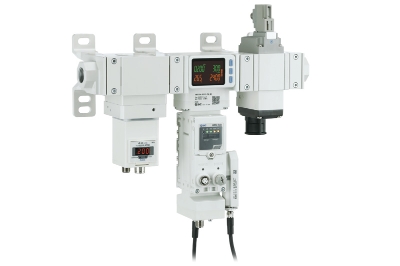 Austria
Austria
 Belgium - Dutch
Belgium - Dutch
 Belgium - French
Belgium - French
 Bulgaria
Bulgaria
 Croatia
Croatia
 Czech Republic
Czech Republic
 Denmark
Denmark
 Estonia
Estonia
 Finland
Finland
 France
France
 Germany
Germany
 Greece
Greece
 Hungary
Hungary
 Ireland
Ireland
 Italy
Italy
 Latvia
Latvia
 Lithuania
Lithuania
 Netherlands
Netherlands
 Norway
Norway
 Poland
Poland
 Portugal
Portugal
 Romania
Romania
 Serbia
Serbia
 Slovakia
Slovakia
 Slovenia
Slovenia
 Spain
Spain
 Sweden
Sweden
 Switzerland - French
Switzerland - French
 Switzerland - German
Switzerland - German
 Switzerland - Italian
Switzerland - Italian
 Turkey
Turkey
 Ukraine
Ukraine
 United Kingdom
United Kingdom

Energy waste at manufacturing and process plants is largely attributable to factors that include poor control of air consumption, undetected leaks and processes which are un-optimised for standby and shutdown times. The consequences include increased costs, as well as unexpected problems due to insufficient maintenance planning and actions.
Problem-solving technology
SMC’s next-generation AMS20/30/40/60 Series addresses these issues with its combination of regulator, wireless hub and residual pressure relief valve. In addition to monitoring air consumption, which can help to identify excessive usage and anomalies, those investing in the new air management hub can also monitor the pressure and temperature of their air lines to establish baseline parameters for machines and factories.
The analysis of high-resolution data collected by the AMS can form the basis for defining preventative actions and maintenance tasks. This is important as maintenance teams often find it hard to collect specific air-line data, leading to insufficient maintenance actions and unexpected failures or energy consumption peaks.
Both predictive maintenance and condition-based monitoring strategies can benefit from AMS, as data collection helps to detect leaks and provide a digital fingerprint of preferred operating conditions. The system also monitors the status of the equipment to analyse variations and subsequently reduce downtime, waste and the need for corrective actions.
Higher efficiency, less CO2
Via programmable automatic pressure reduction and shut-off times, AMS permits users to reduce both compressed air and energy consumption, improving process efficiency and reducing CO2 emissions generated by the production of compressed air. Along with improved maintenance capabilities, users also gain from a digitalised installation for higher levels of control. This capability leverages the advantages of innovative wireless technology, which is easy to integrate and avoids the need for communication cables.
Wireless capability is highly beneficial as it negates the need for electrically complex solutions with too much wiring and the potential for errors when making cable connections. Wired systems also add complexity to device configuration tasks and require a PLC or edge server, while communication over long distances can be slower.
In contrast, AMS promotes both time and cost savings through less installation and commissioning, less wiring, and fewer connectors and rotary joints. The decentralised system is compatible with OPC UA for direct data communications connection without the need of a PLC, as well as Ethernet I/P, Profinet and IO-Link devices. Using a single AMS hub, customers can connect up to 10 remote units with a maximum communication distance of 100 m radius.
Sustainable solution
The AMS20/30/40/60 Series is a global, sustainable solution that will benefit any user of compressed air, regardless of whether the application is general manufacturing, automotive, machine tools, electronics, packaging, textiles, food, forestry/paper or life sciences.
The AMS system has an environment protection rating of IP65 or IP67 depending on the type of regulator deployed.
1. 1. 2023